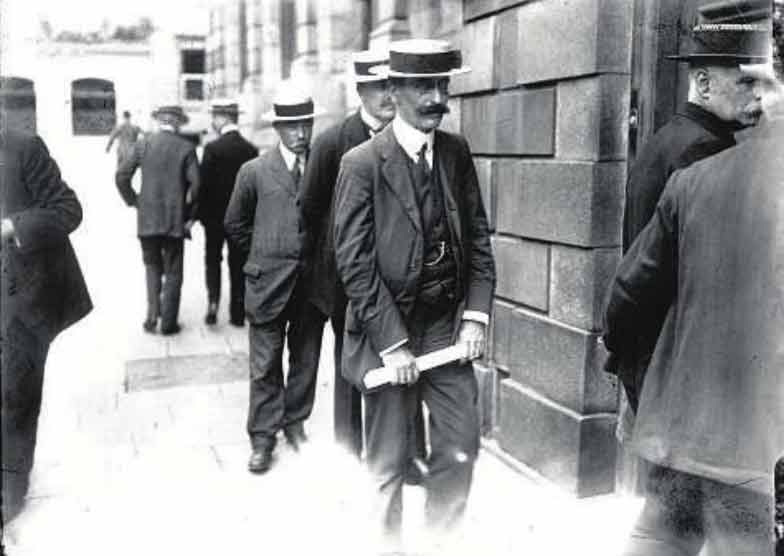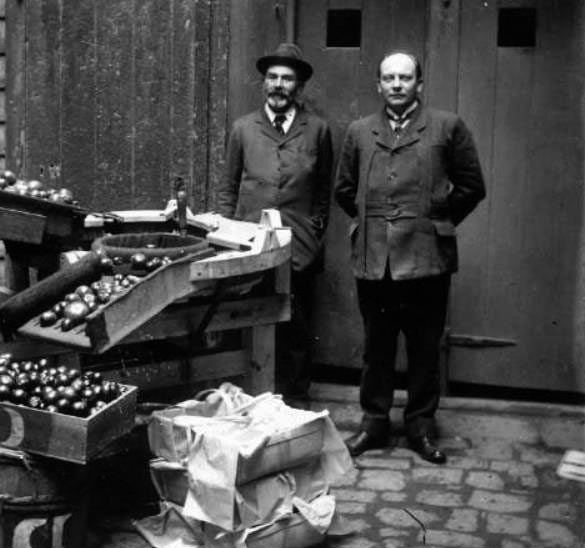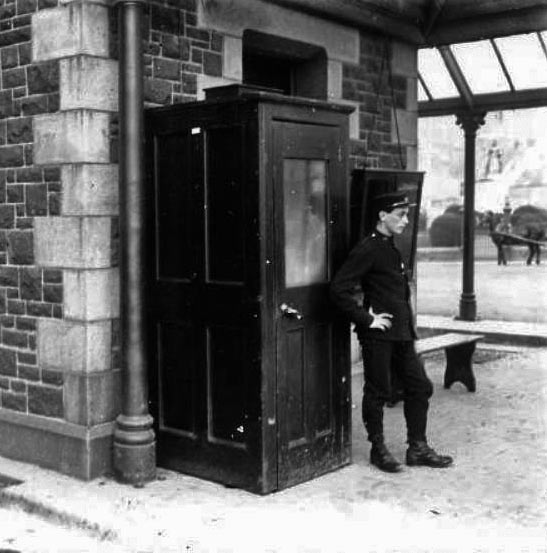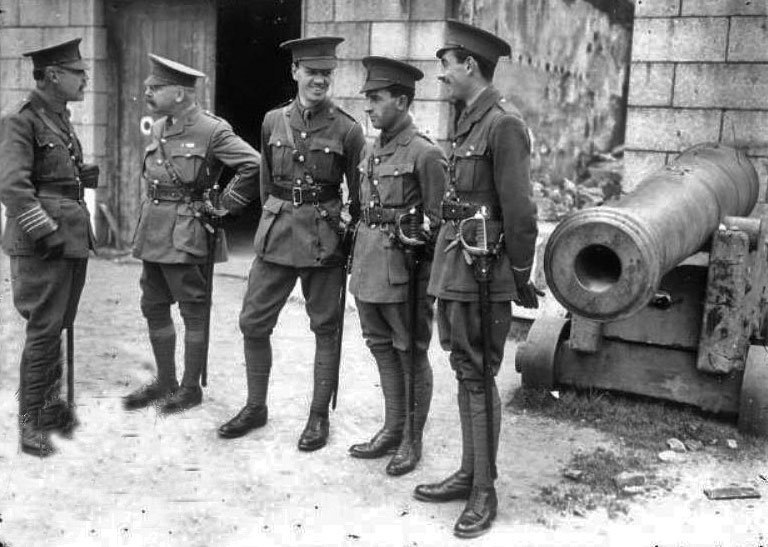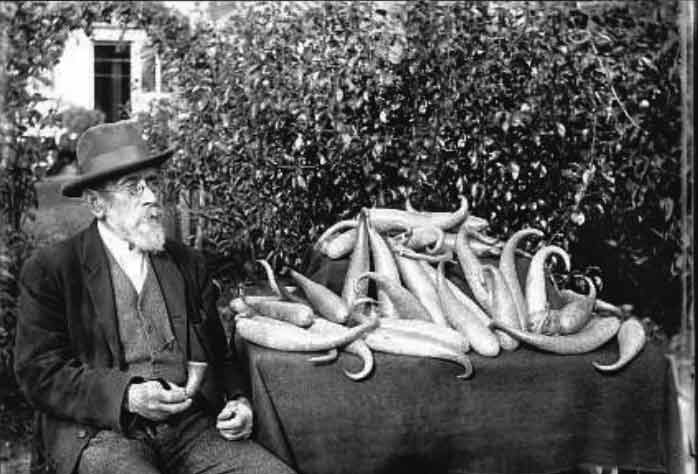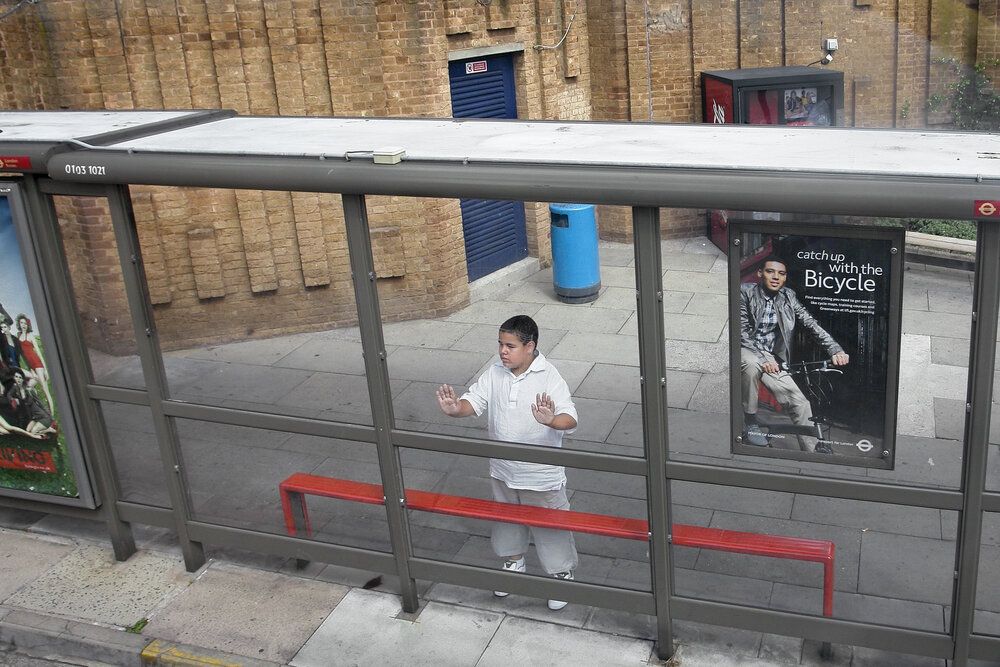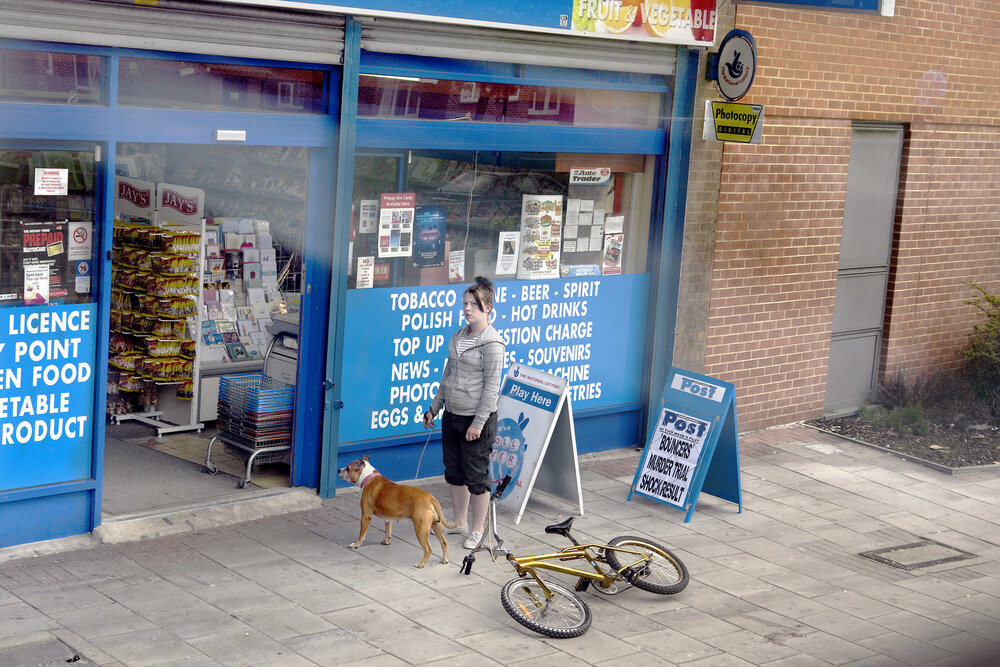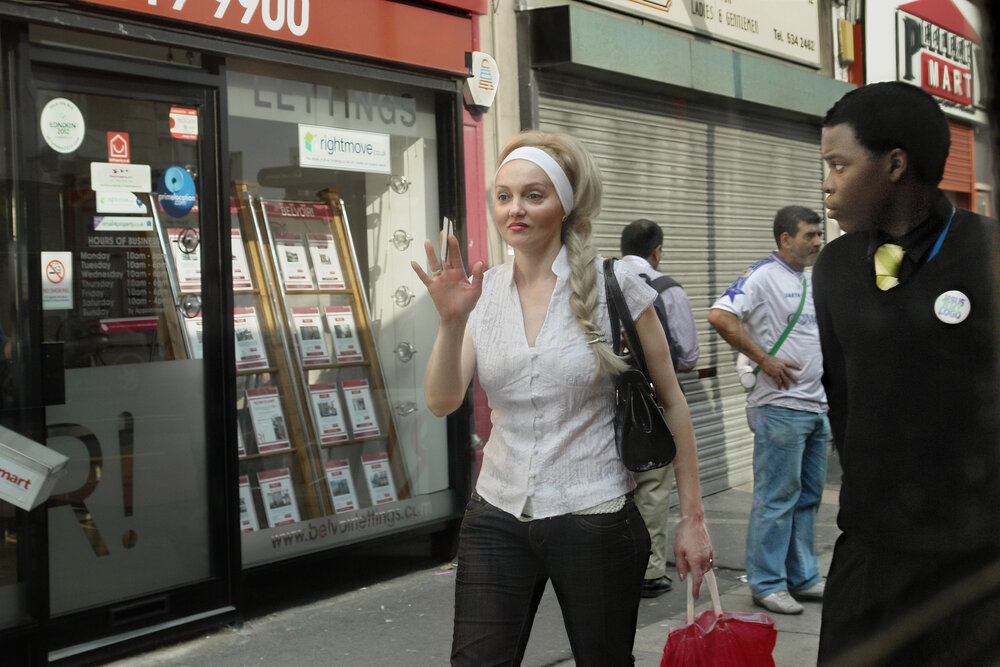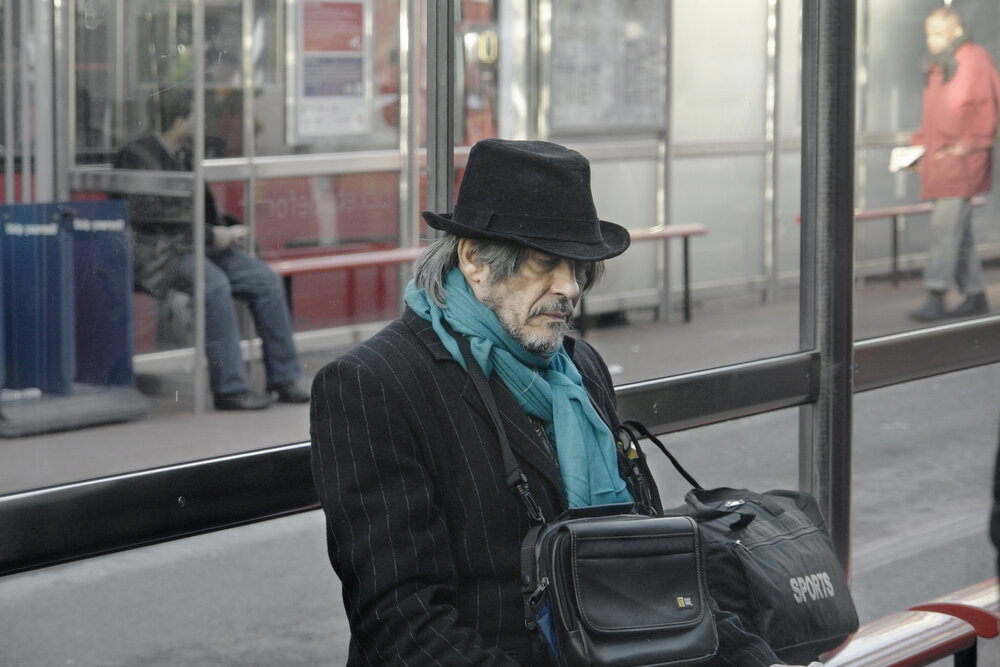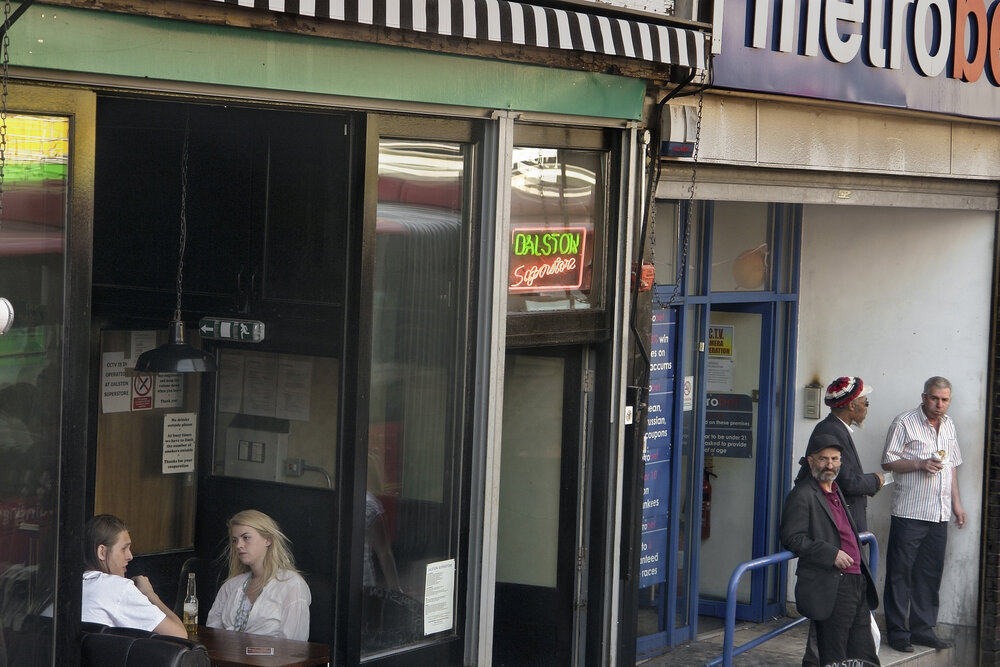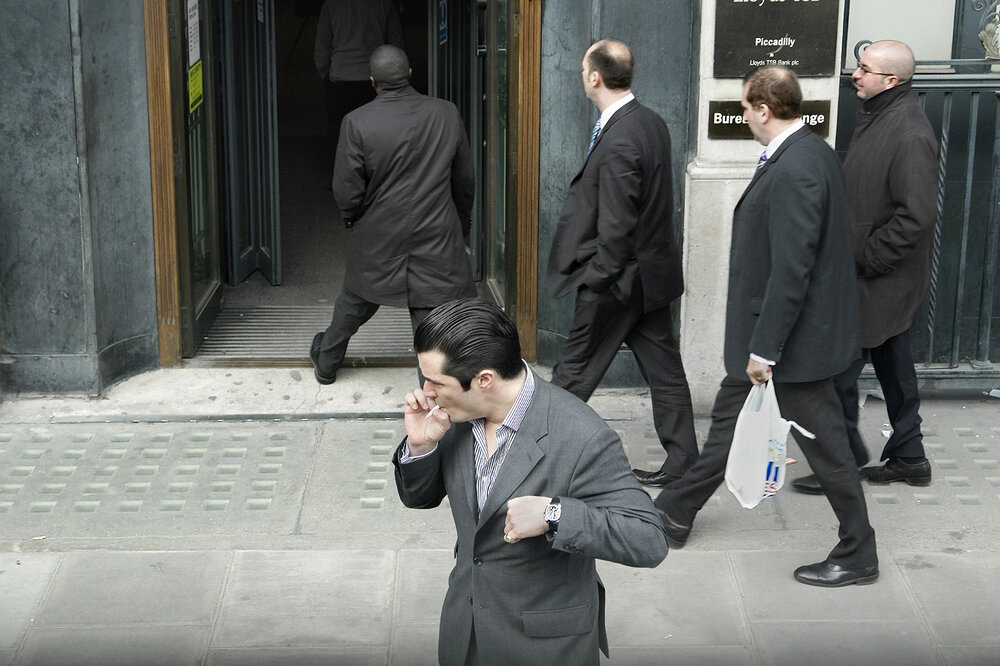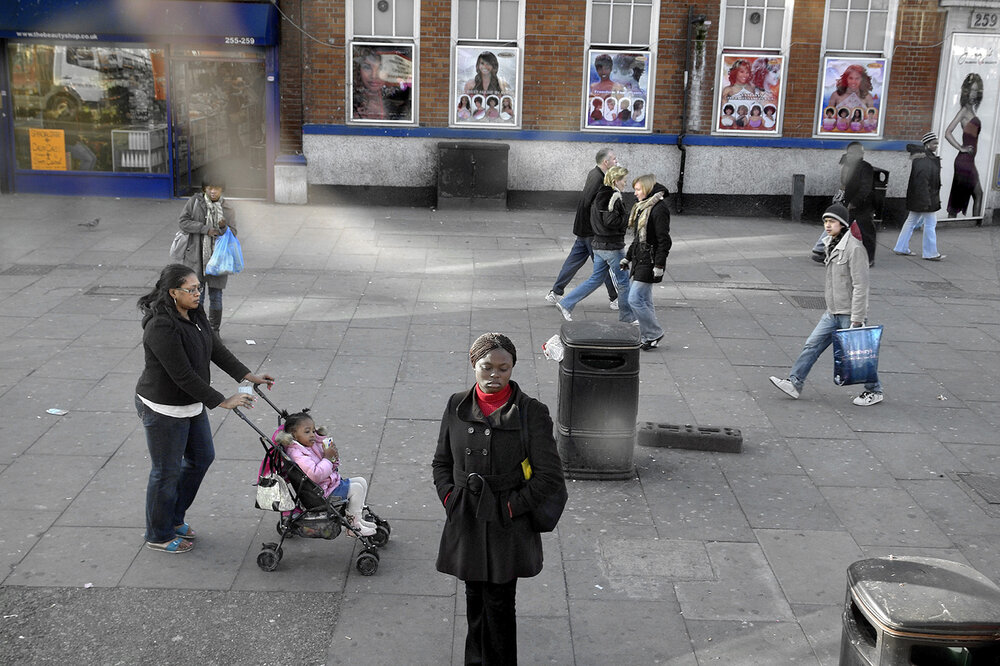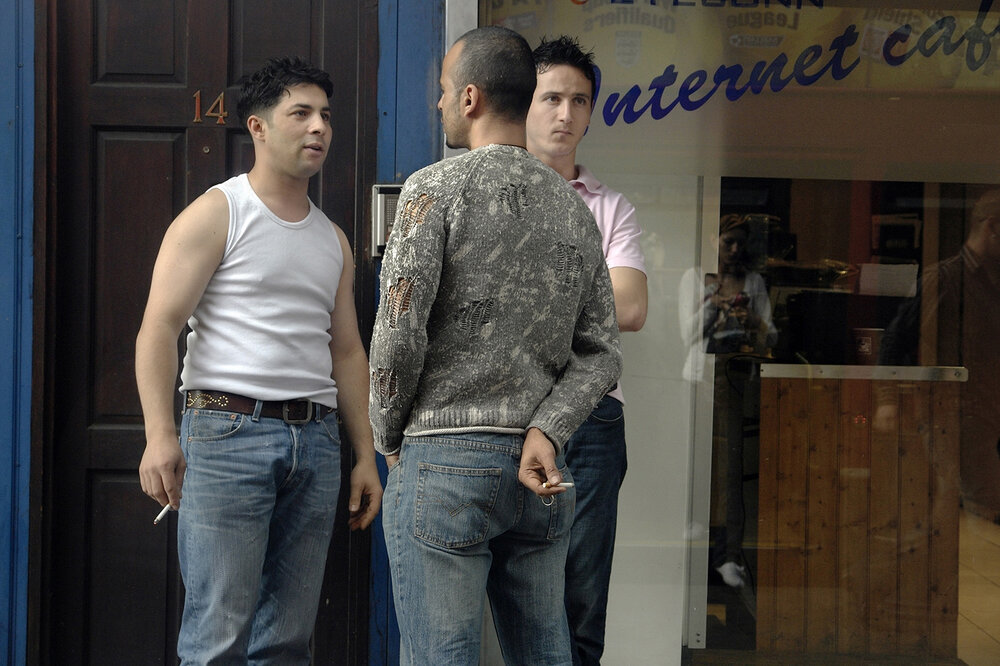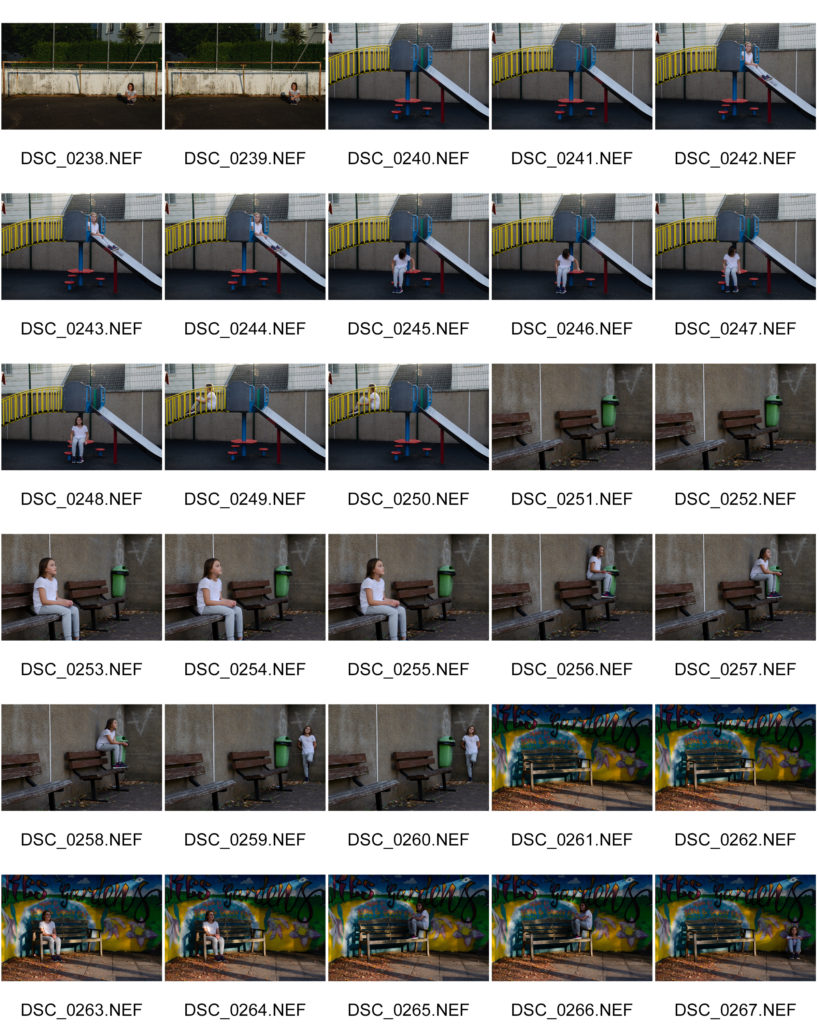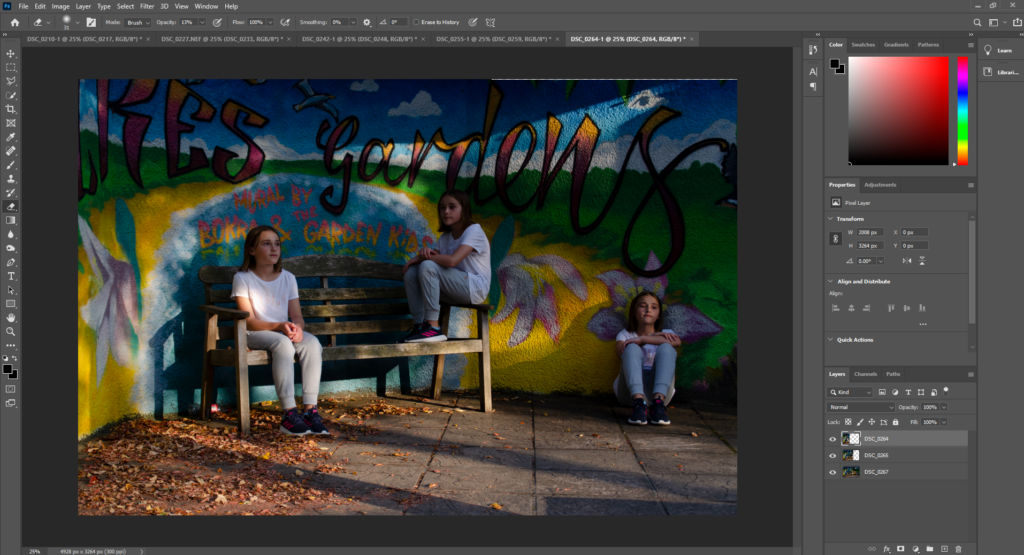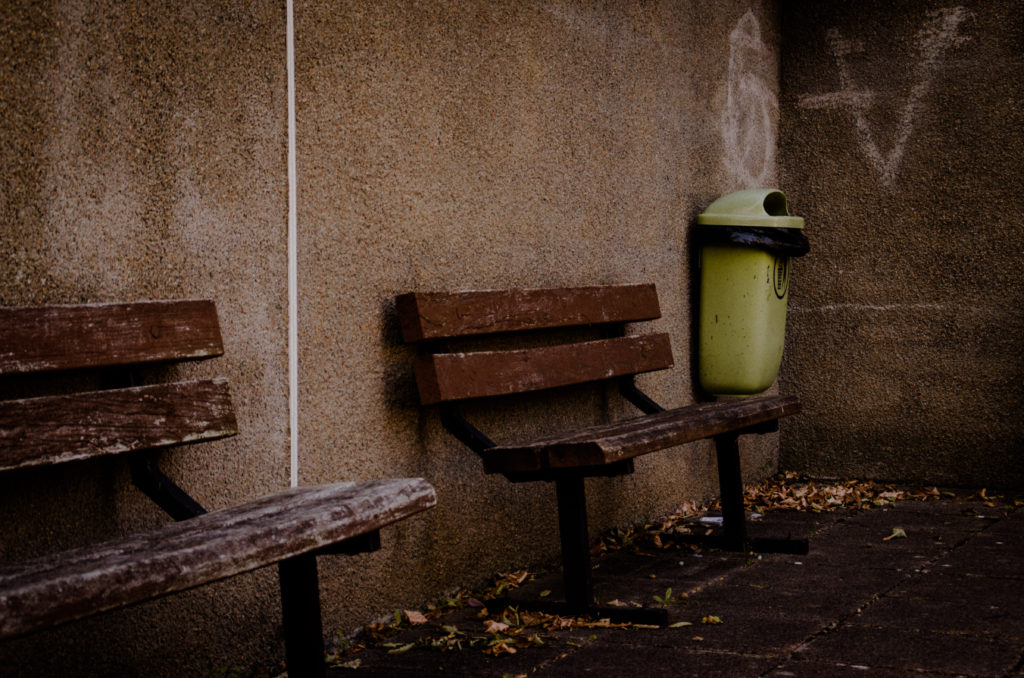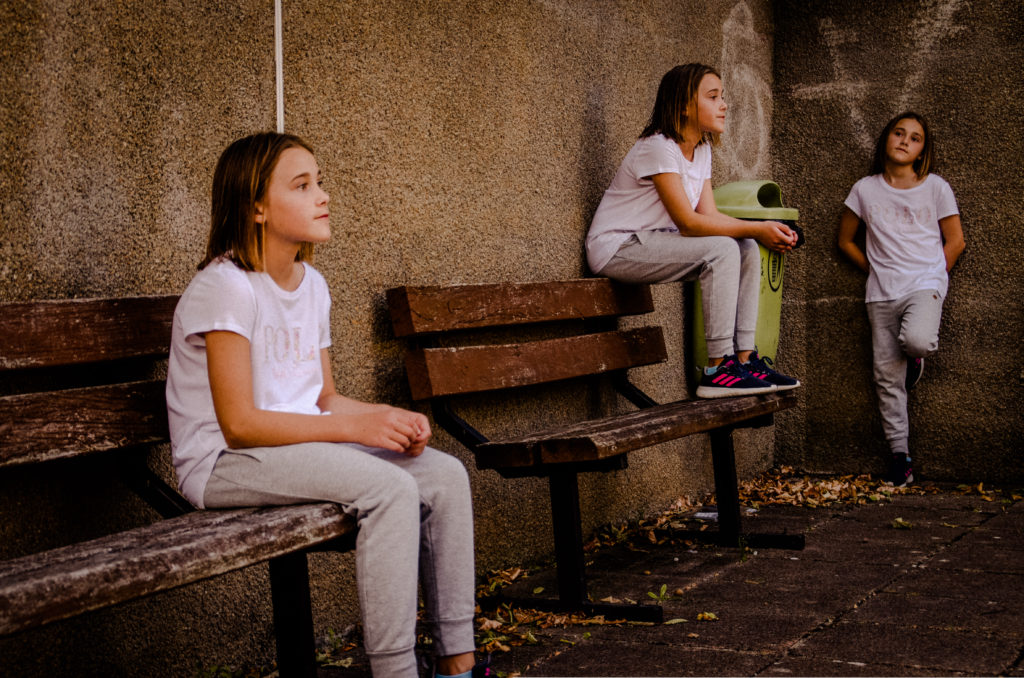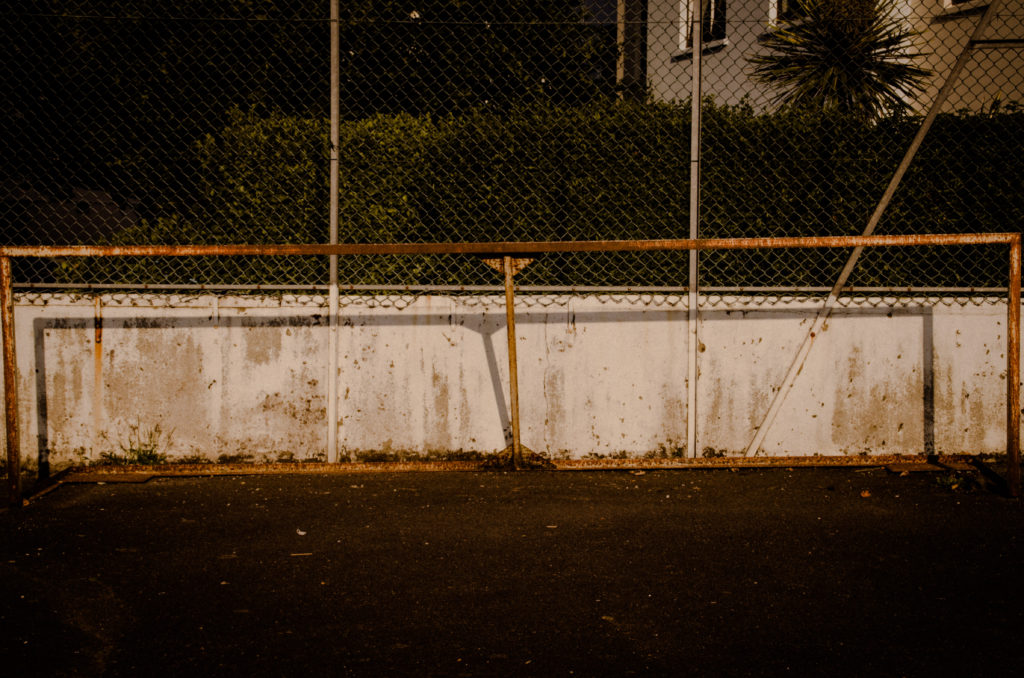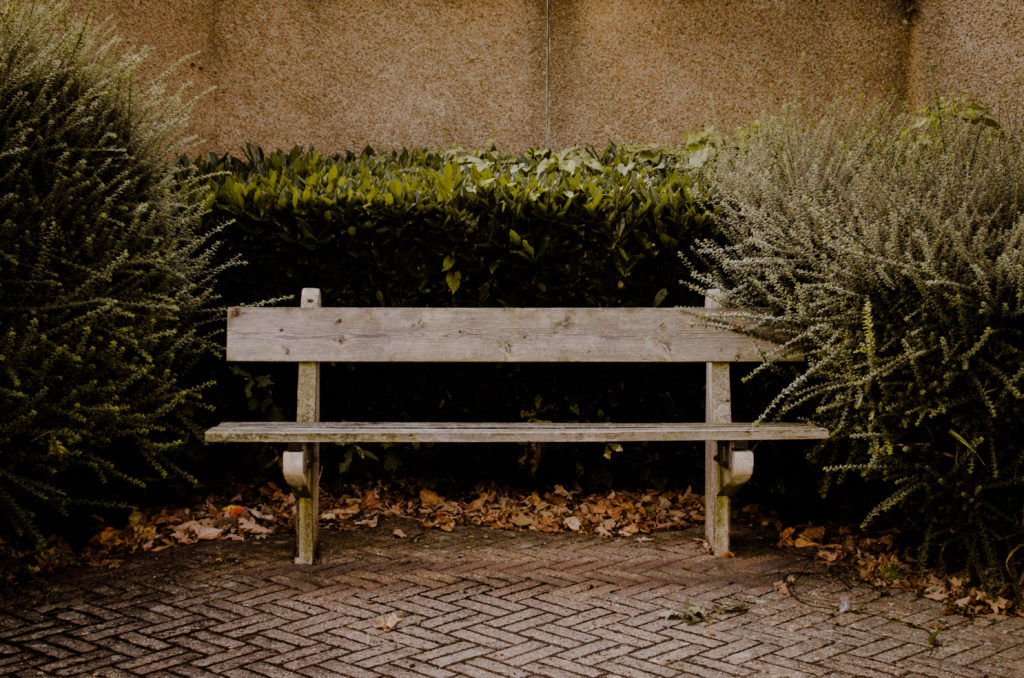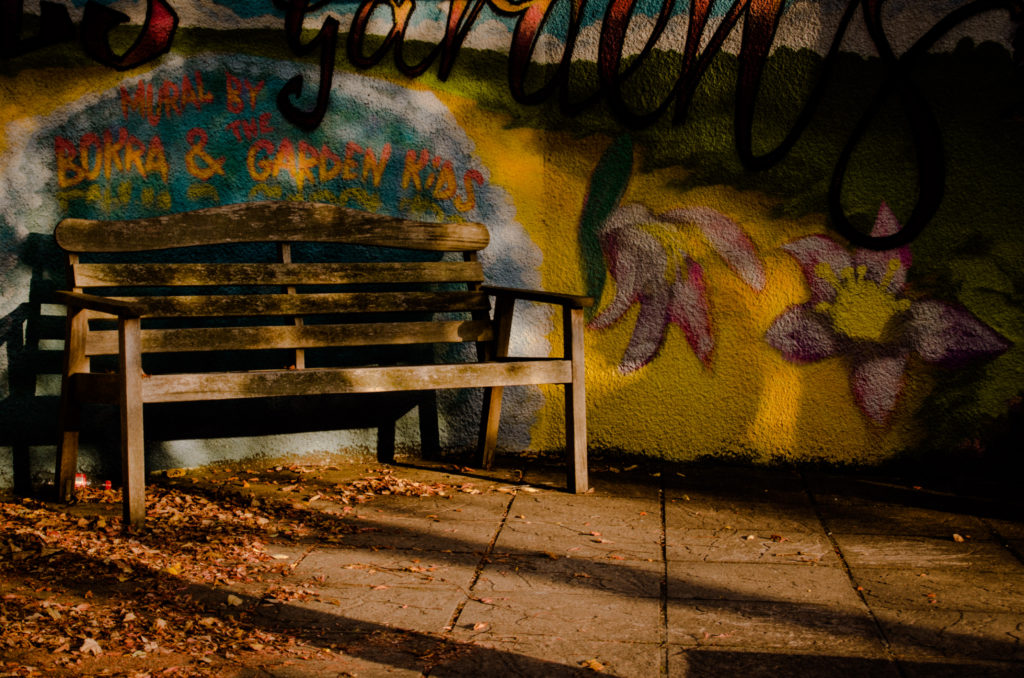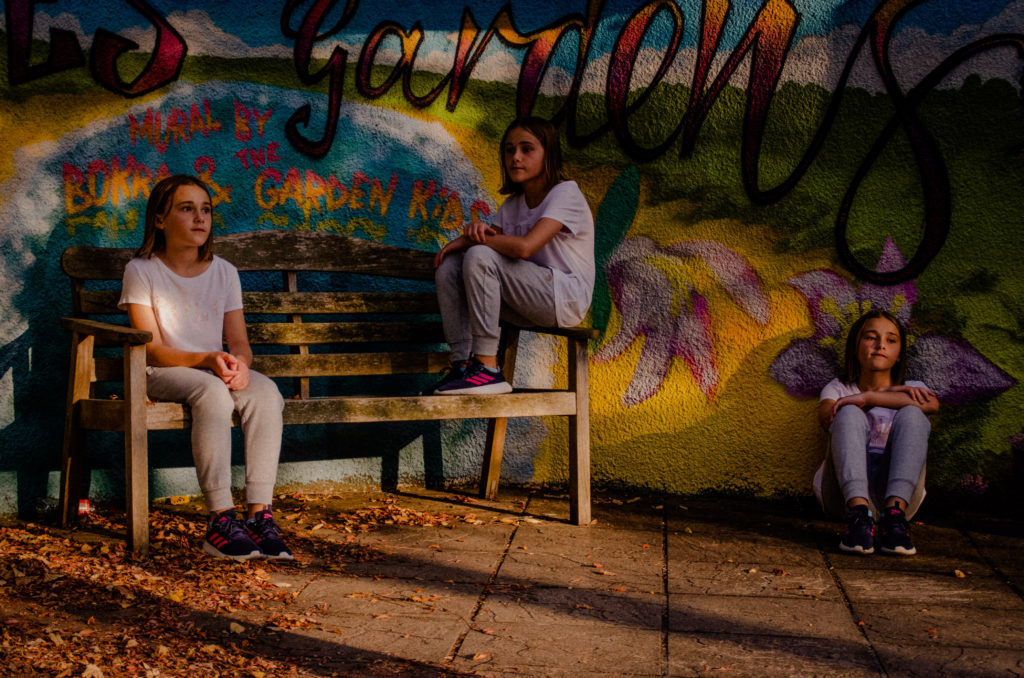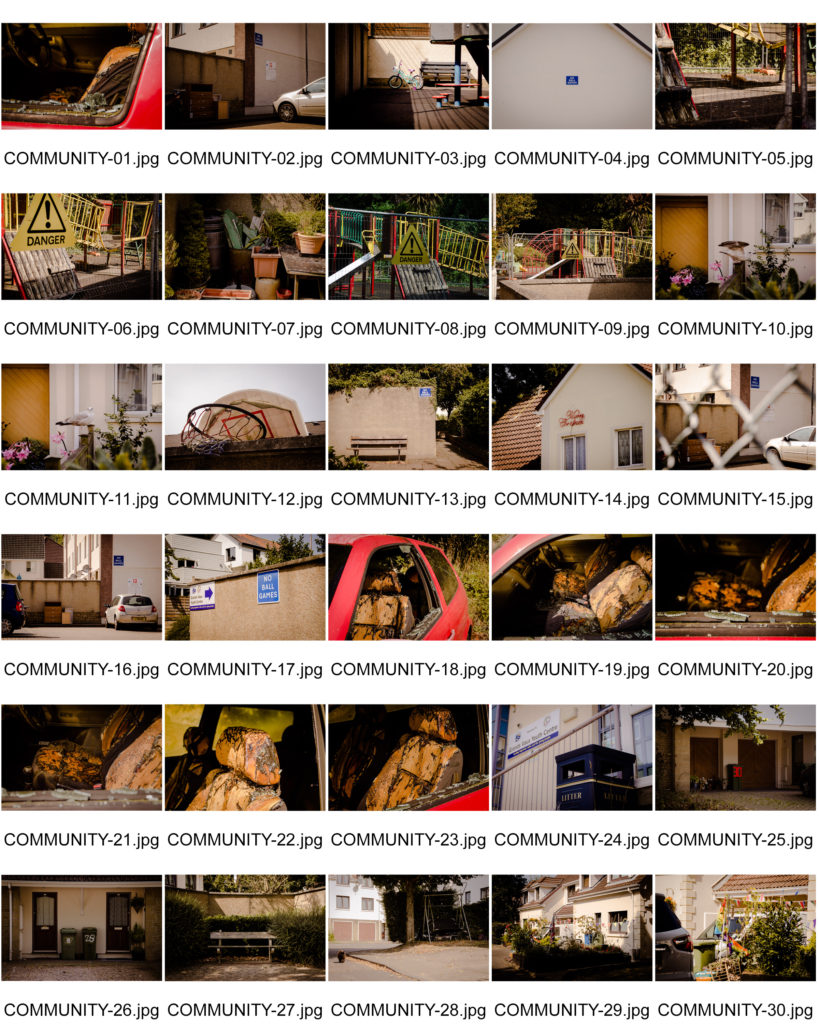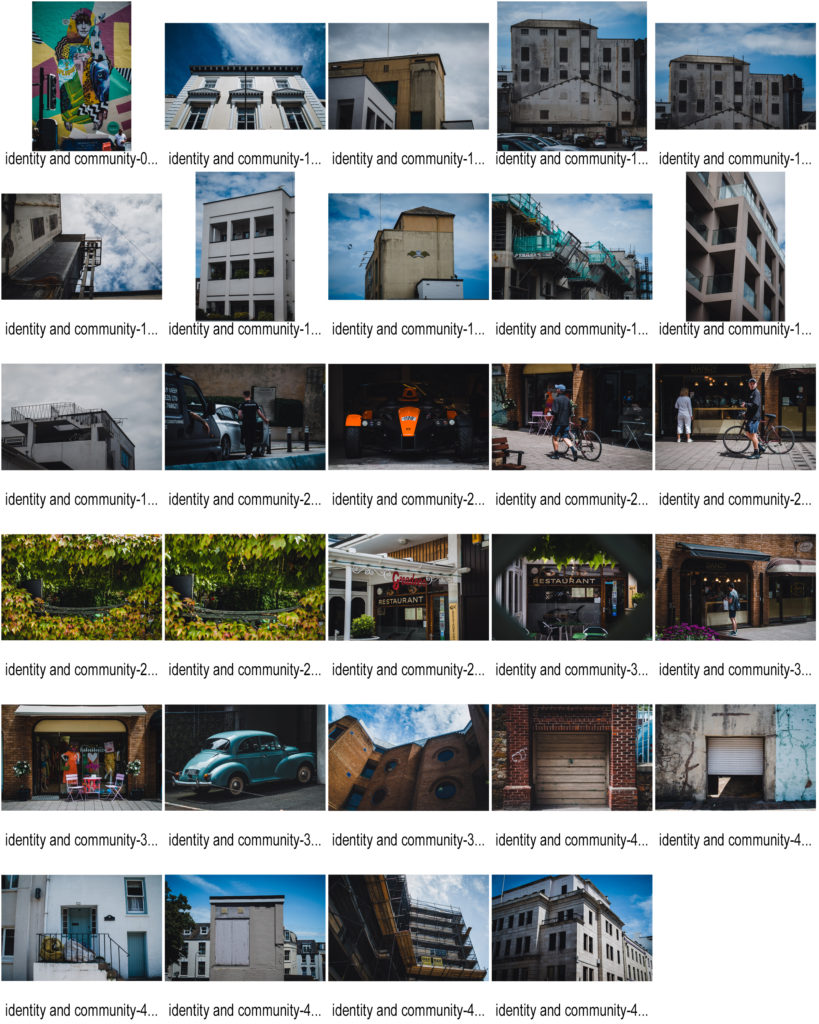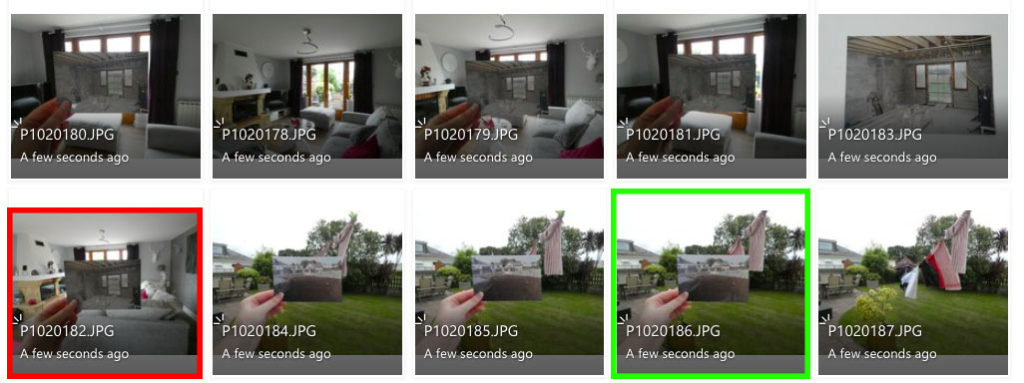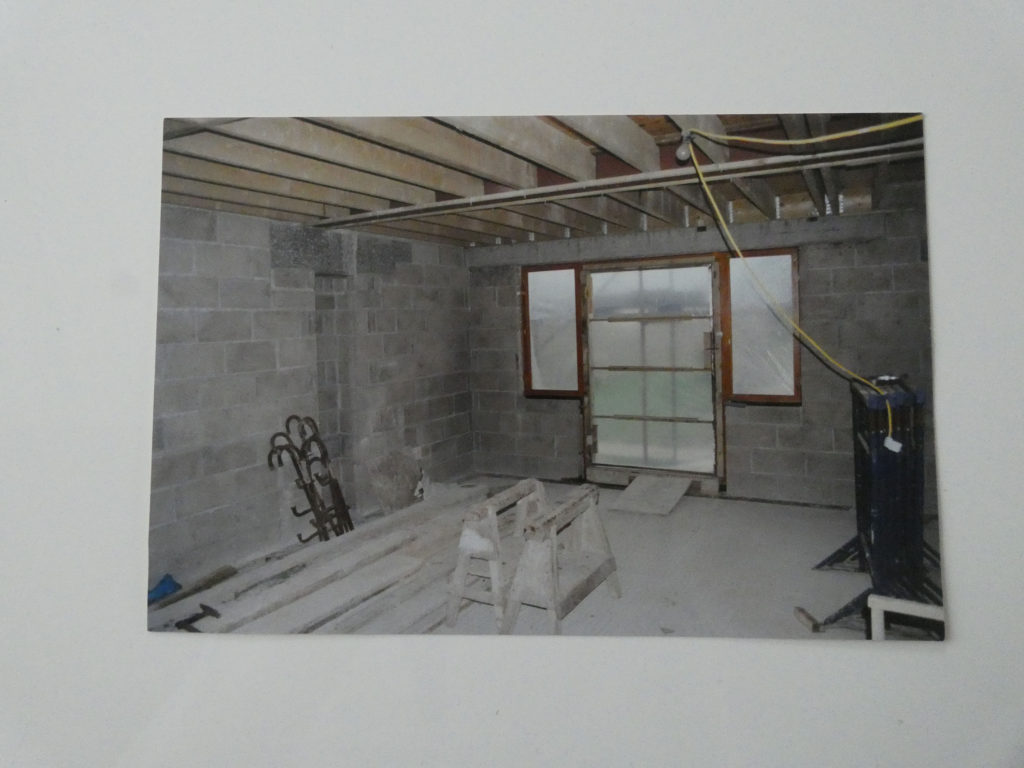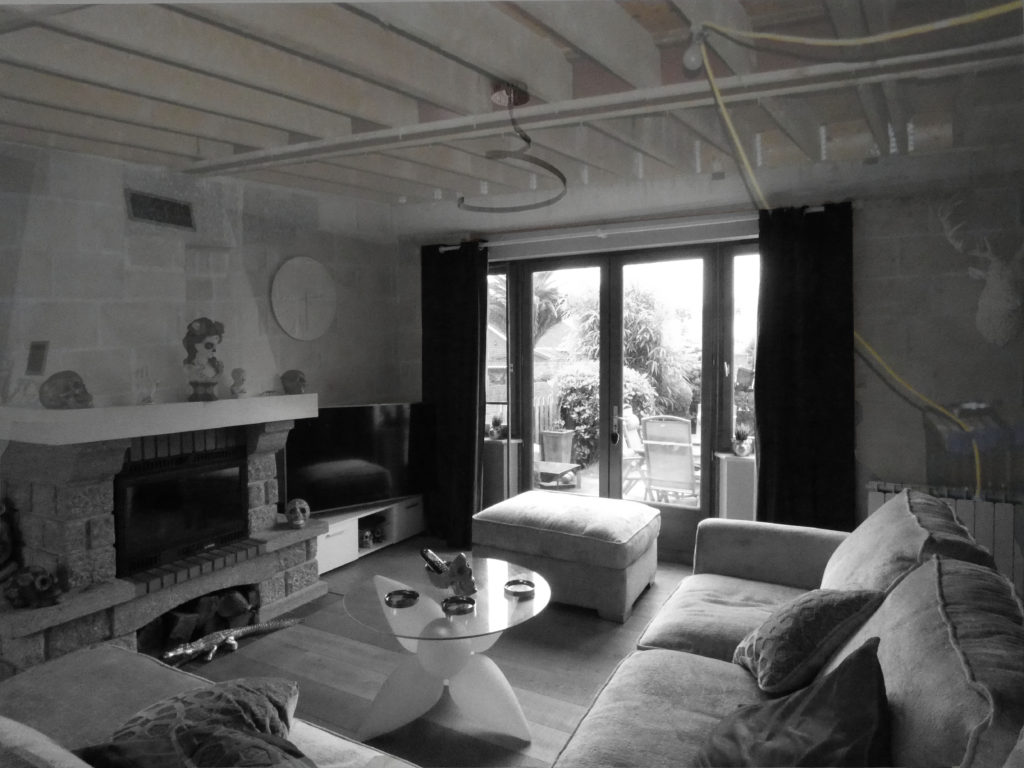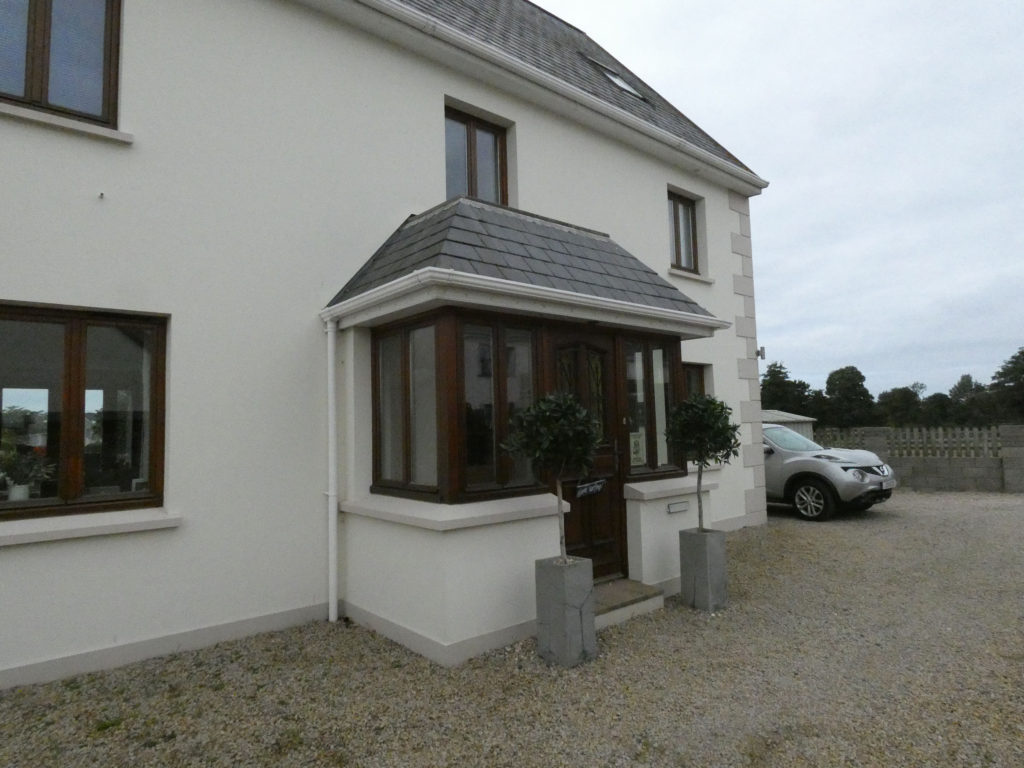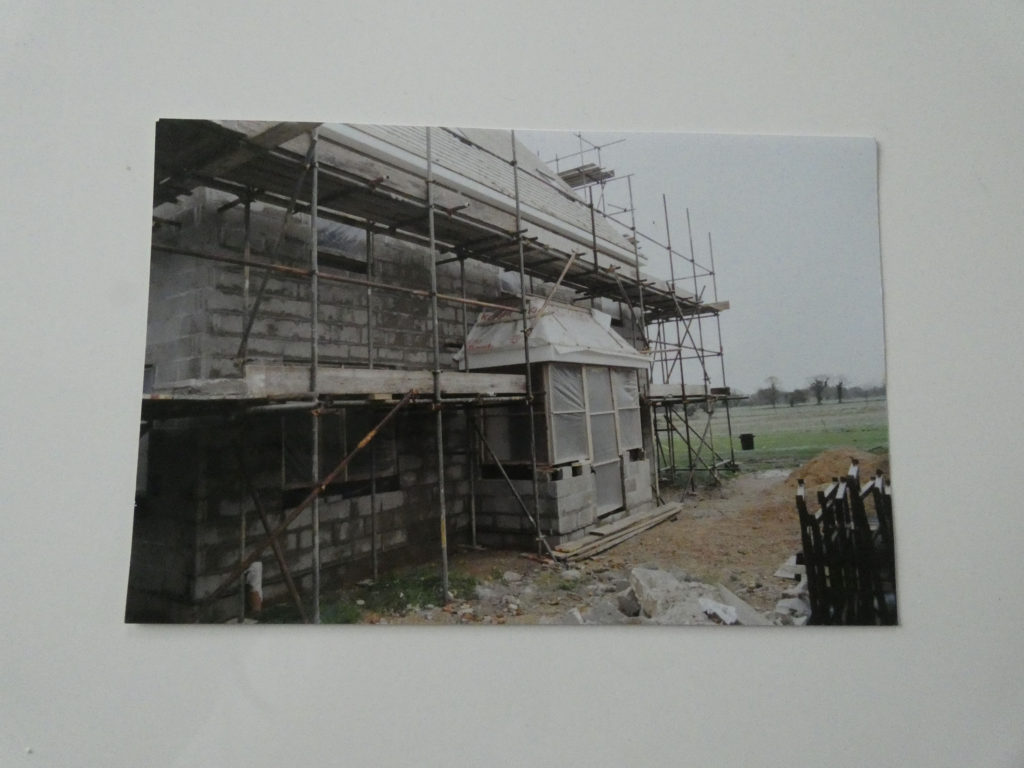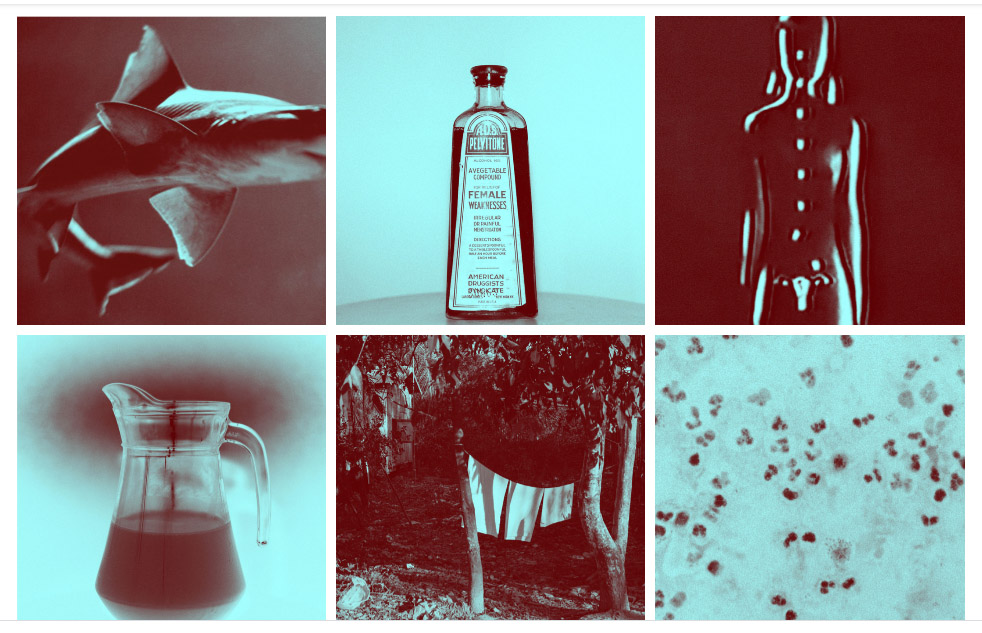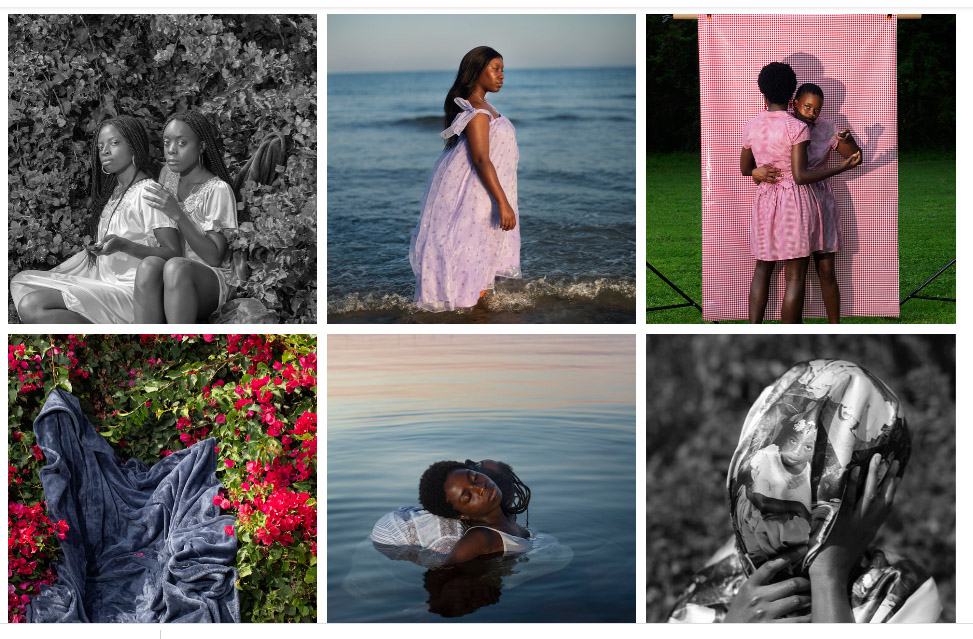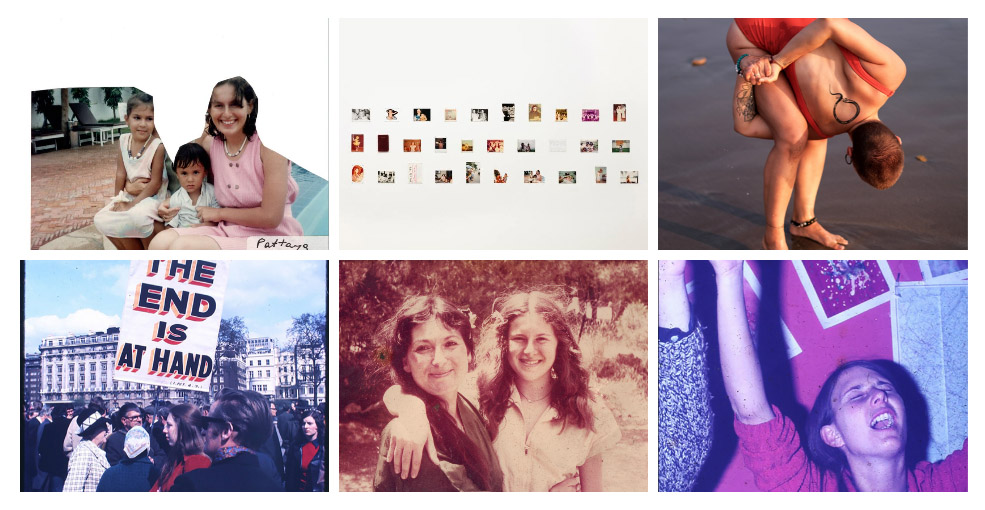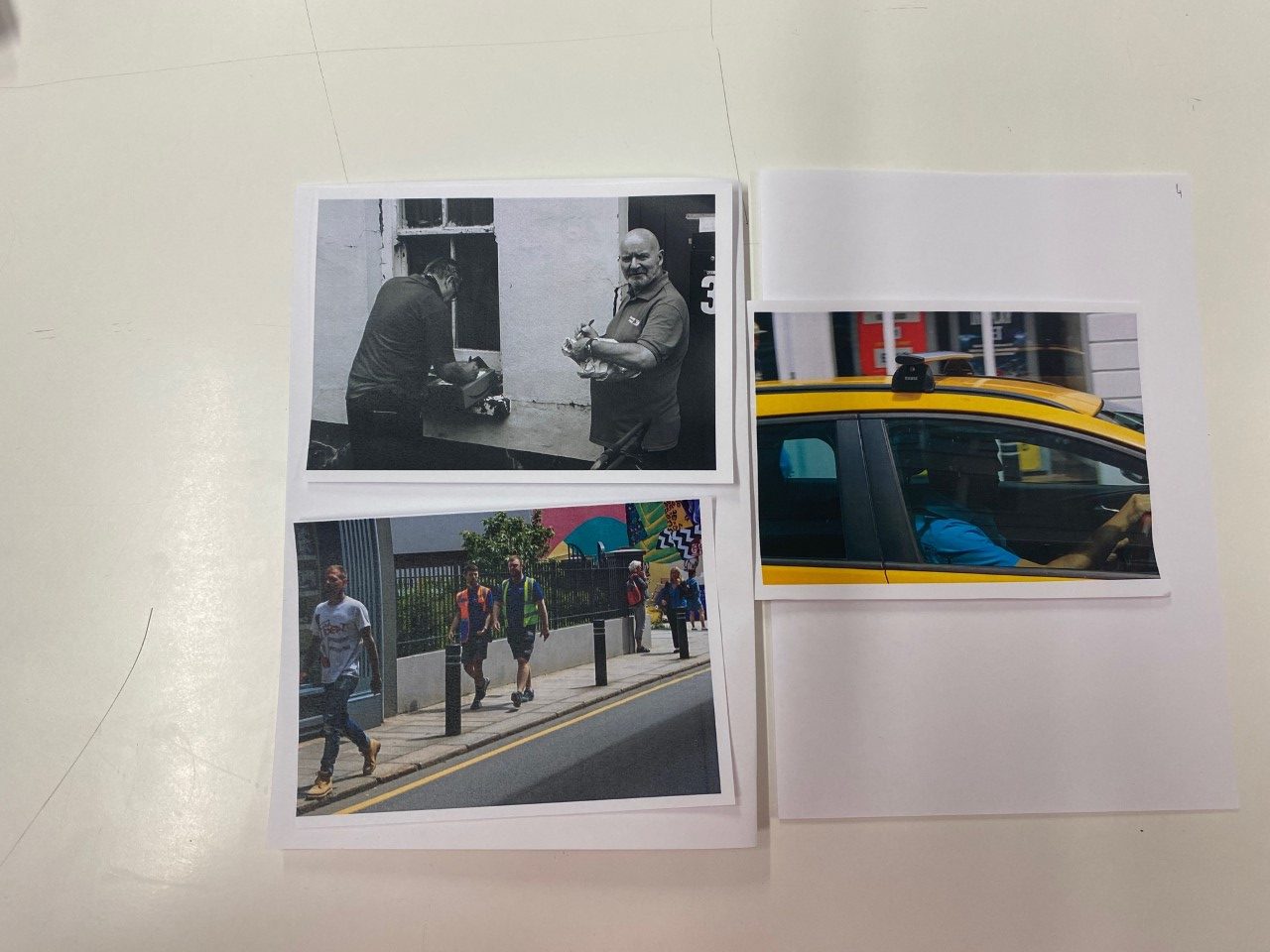Percival Dunham
Overview –
Percival Dunham worked for Jersey Illustrated Weekly and The Morning News for a brief period in 1913 and 1914 – he is known as Jersey’s very first photojournalist. Dunham had been in business as a photographer at 57 Bath Street since 1911, and had already been taking photographs of the Jersey Battle of Flowers and events such as the grounding of the Roebuck in St Brelade’s Bay in 1911. Dunham found great success while with the Illustrated Weekly and Morning News, as they were the pioneers of photojournalism, allowing Dunham to capture candid shots of the streets of Jersey in a new and upcoming style of photography. Percival Dunham presents a remarkable picture of life in Jersey before and just after the outbreak of World War One which, although it had nowhere near as dramatic impact on the island as the second global conflict which would follow 25 years later, nevertheless marked the end of an era in Jersey. More of Dunham’s images can be found here (search Dunham under ‘photographers’). His work was ahead of its time, as the term ‘photojournalist’ hadn’t even been coined yet – the images he captured relate to the modern term ‘street photography’ and show the public living their everyday lives, uninterrupted or disturbed by the camera, demonstrating sincerity in each scene.
Moodboard Of Images
George Georgiou
Overview –
George Georgiou (1961 -) is a British photographer and Photo Journalist who studied photography at The University of Westminster. After working for six years in Serbia, Greece and eastern Europe, he was recently based for four years in Istanbul. His work in Turkey led to a series of photographs titled ‘Fault Lines/Turkey/East/West’, which has led to several exhibitions and a book. Georgiou has also taught photography at Barnet College in London and a number of workshops in Europe. Georgiou’s work mostly focuses on communities of people that are split up between different cultures. An article on Georgiou’s career wrote ‘Arriving somewhere new, Georgiou’s approach is first to unburden himself of pre-existing images of the place and to try to see through superficial differences with places he knows; he then looks for commonalities and actual differences. He starts by himself and only when well underway hopes to attract commissions and make sales.’
Last Stop –
‘Last Stop’ is a series of images shot through the windows of London’s double decker buses, published as a double sided concertina book by George Georgiou in 2015. Georgiou wrote ‘The essence of Last Stop is that you might take the same route everyday but what you see, the ebb and flow on the street takes on a random nature, like a series of fleeting mini soap operas. The concertina book format reflects and mimics the flow of a bus journey, but more importantly it gives the viewer the opportunity to create their own journeys by spreading the book out and combining different images together. This moves the book away from an author-led linear narrative to one of multiple possibilities.’ Georgiou would ‘take random buses and get lost across the city’ in hopes of capturing street photography images and candid portraits from the windows of people living their everyday lives, allowing the observer to make up their story and scenario. In a video on the creation of ‘Last Stop’, Georgiou said ‘as a photographer I wanted the challenge of not having full control, taking whatever free seat there was next to the window only being able to photograph what was in reach of my static position in front of me’. I really love how he can still capture these moments without truly being involved in them, only seeing them at a glance, but portraying an entirety of different stories. When researching for my street photography photoshoot on ‘identity and community’ I wanted to take inspiration from Georgiou’s presentation of images, capturing ambiguity and mystery along with familiarity and warmth. Several of ‘Last Stop’s’ images were featured in the book Unseen London, more info can be found here.
Moodboard Of Images
Analysis – Dunham

I made the decision to analyse this image by Percival Dunham due to it’s wide range of techniques used from ‘The Formal Elements’, yet also its ability to foreshadow and story tell. The black and white filter on the photograph shows the time period it was taken, pre-World War 1 when Dunham’s images first caught the public’s eye. From this era, we can make an assumption to which camera was used at the time; possibly the Moy & Bastie cine camera, made of wood and metal, which was the type used by British Official cinematographers working with the armed forces during the First World War. The geometric shapes on the wall behind the soldiers show defined and consistent rectangles, possibly reflecting the systematic job and duties that these men carry out. The repetition of these symmetrical shapes could link to the soldiers having to repeat the same tasks daily on the battlefield, symbolizing the methodical planning and strictness of their life. Additionally, the uniformity of straight lines created by these rectangles relates to the respect a soldier gains from his uniform.
Dunham had the ability to capture such raw moments in time, parts of history that would otherwise be imagined instead of seen. During an exhibition on Dunham’s photography at The Jersey Arts Centre in 2014 Gareth Syvret, from the Societe Jersiase, said “he really had a natural affinity for what is later called ‘the decisive moment’ in all the photographs you see around here, there are figures; he was clearly interested in the social life of the town of St Helier and Jersey and its a really powerful documentary he’s left us.” I really enjoyed this quote from Syvret as I believe it sums up Dunham’s work perfectly, with such monumental history as WWI as his setting and still creating such intimate and warm images is inspiring.
The lighting in this photograph tells such a tragic and true story, with the darkest point of the image in the background through a door behind the men- leading to a sort-of abyss of darkness and mystery. Contrastingly, the lightest point falls on the floor where the soldiers stand, creating the impression of these men starting their journey with peace and security; however lurking in the background is a foreshadowing darkness reflecting the horrors of war to come in their future. Similarly, there is a leading line created from the outline of the canon to the right of the soldiers, drawing the observers focus again to the background of the image. Here we can see a juxtaposition between the consistent pattern of ordered bricks, to the damaged building and rubble to it’s left, further in the distance. This, along with the brooding darkness behind the men, suggests Dunham wanted to capture a composition with more ambiguity and ruin further back into the image to symbolize and foreshadow how much death and destruction this war would bring.
Analysis – Georgiou
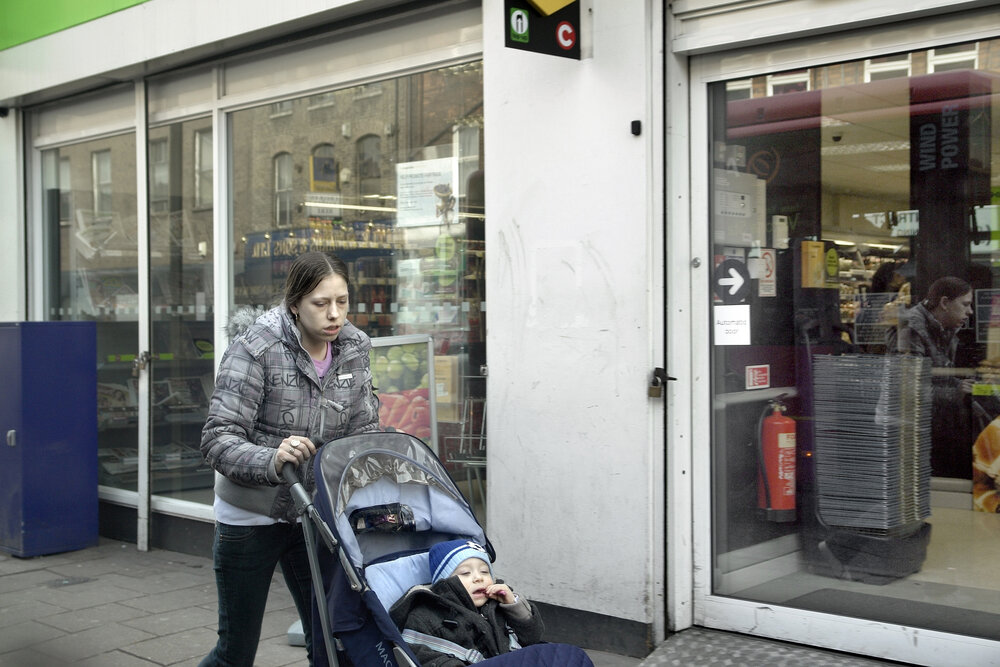
I chose to analyse this image, taken by George Georgiou in 2015, as I really enjoyed how well it told a story, a story that would be different to anyone else who saw the image. From my perspective, considering the formal elements, the reflection of the woman in the shop window on the right of the image represents how this route she walks is one taken daily – possibly taking her son to school, or going to work; the possibilities are limitless. This reflection is like a reflection of time, showing the repetition and never ending cycle she may endure while on this journey. Additionally, there are several geometric shapes in this Georgiou image, in particular the repetition of rectangles in shop windows, signs and tile flooring. The echo of this rectangular shape throughout the photo could represent uniformity and hint towards a homogeneous society where nothing is different or unique. While this series of Georgiou’s images demonstrates ‘that you might take the same route everyday but what you see, the ebb and flow on the street takes on a random nature, like a series of fleeting mini soap operas’ this one image could show a counterargument to this statement or may indicate that while the people and stories may be ever changing, the locations and surroundings witness all and stay the same. Furthermore, the range of colours in this image are limited and dull, with only brief pops of brightness of bold red, yellow, green and blue. With the only source of bright colour coming from these primary shades it reflects the child-like nature of having daily routines and set ways to live each day, as if teaching a child – Georgiou’s image may represent how each day can hold new possibilities and adventures, and that people are allowing dull ideas to overwhelm their (what should be) adventurous life.
In addition, the repetition of blue from the child’s clothing and rectangular structure on the left of the image could represent the feeling of security, as blue symbolizes trust and safety. Georgiou could be pointing out how society feels safe in their own little bubbles, isolating themselves with their own stories secret to the world around them – the child feels safe in his mother’s company, yet the story could be so different for the mother, it is for the observer to decide. A quote from Georgiou says “surveillance in the city is all around us but on the flip side of this is also our sense of invisibility, how we allow ourselves to express very private behaviour in public space, like a family argument. I see the photography as straddling, street photography, surveillance, landscape and documentary fiction.” In terms of light, the natural lighting shows it was probably mid-day as there are little shadows in the image, also hinting the weather was cloudy as there are no major reflections or highlights created by the sun. Lastly, there are many straight lines in the image, for example the straight thin lines of the shopping baskets on the right of the photo – the metallic shine on these lines is modern and mechanic, possibly portraying the idea of mass industrialization and overconsumption (also linking to this image being photographed outside a food shop). In my opinion, Georgiou capturing this repetition of a mundane, everyday object in quite a stylistic way really sums up what I have taken away from this series of images; that while everyday can be draining, similar and sometimes dull, the smallest things can make differences – life doesn’t have to be ‘an author-led linear narrative’ in the words of George Georgiou, it can ‘move to one of multiple possibilities.’


